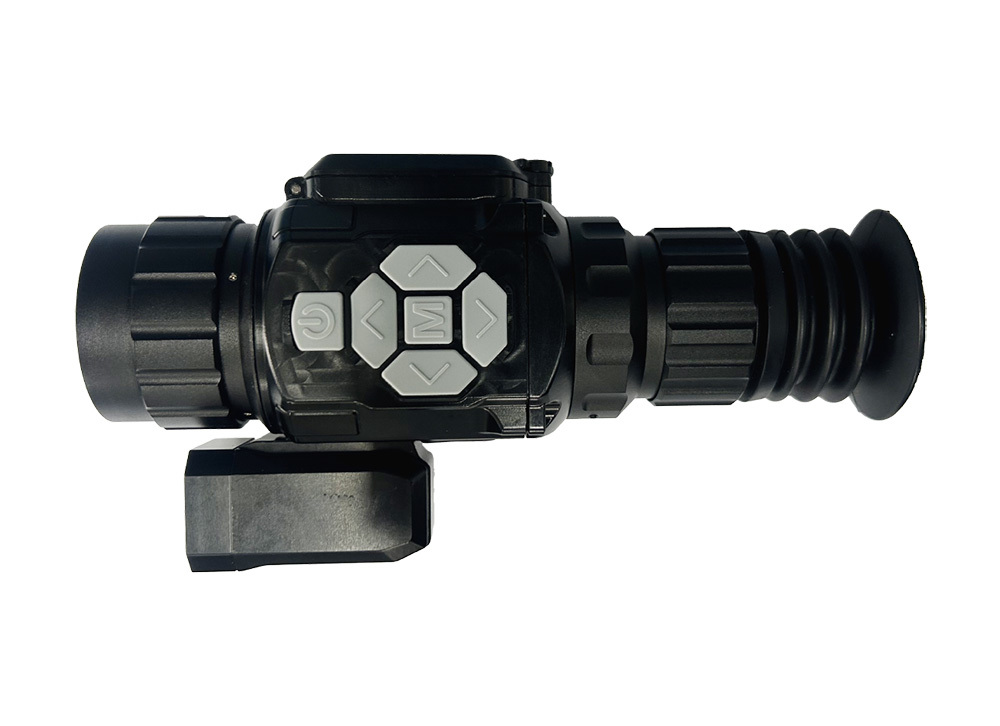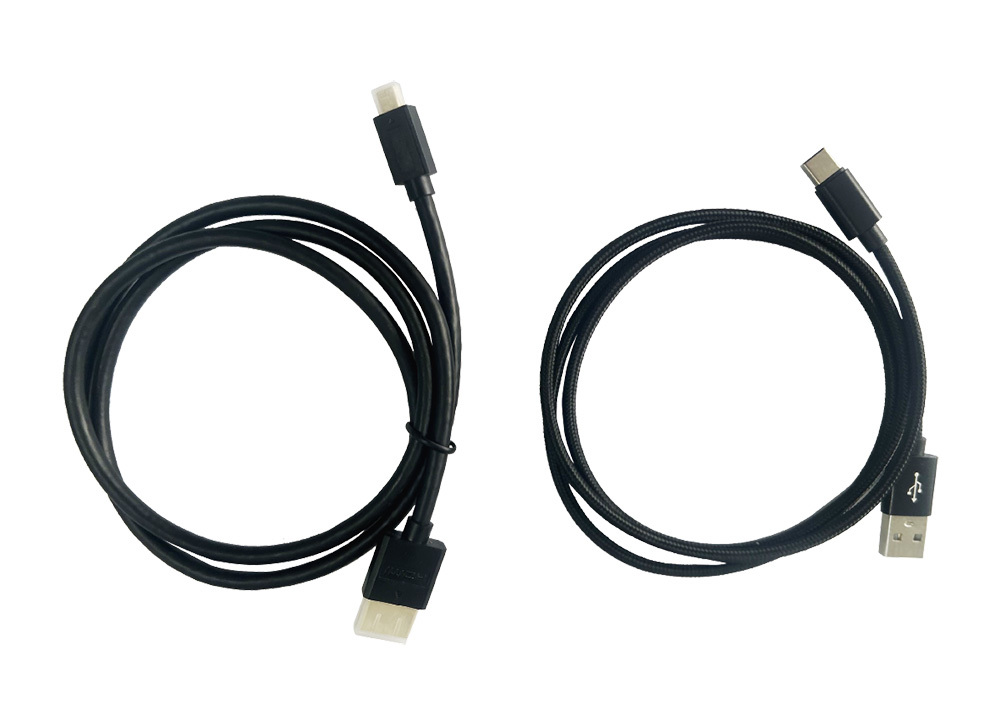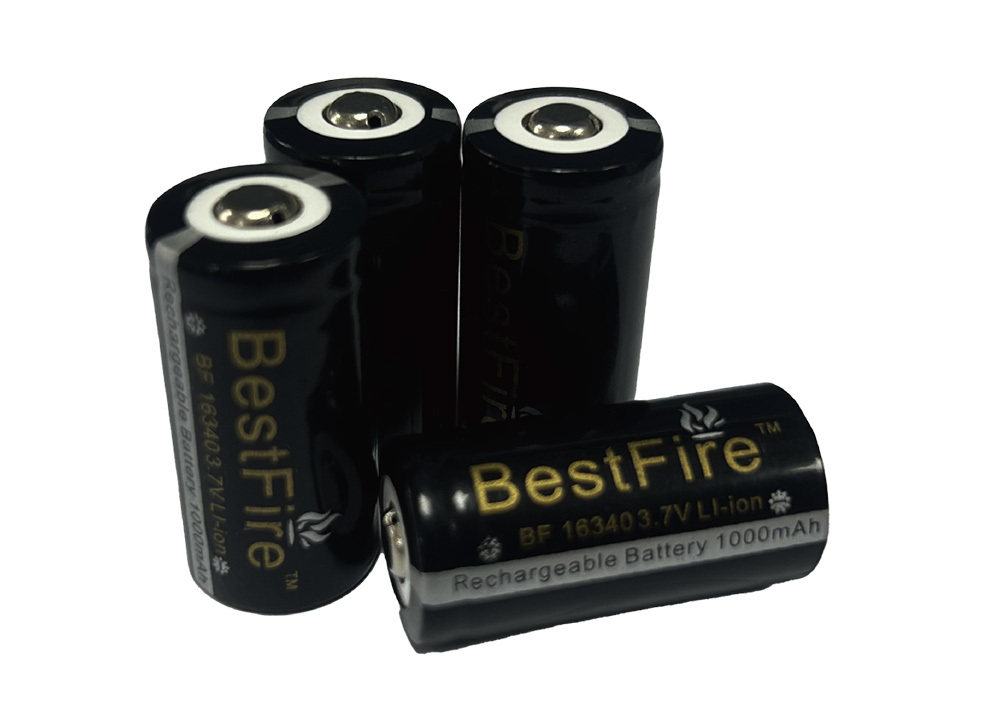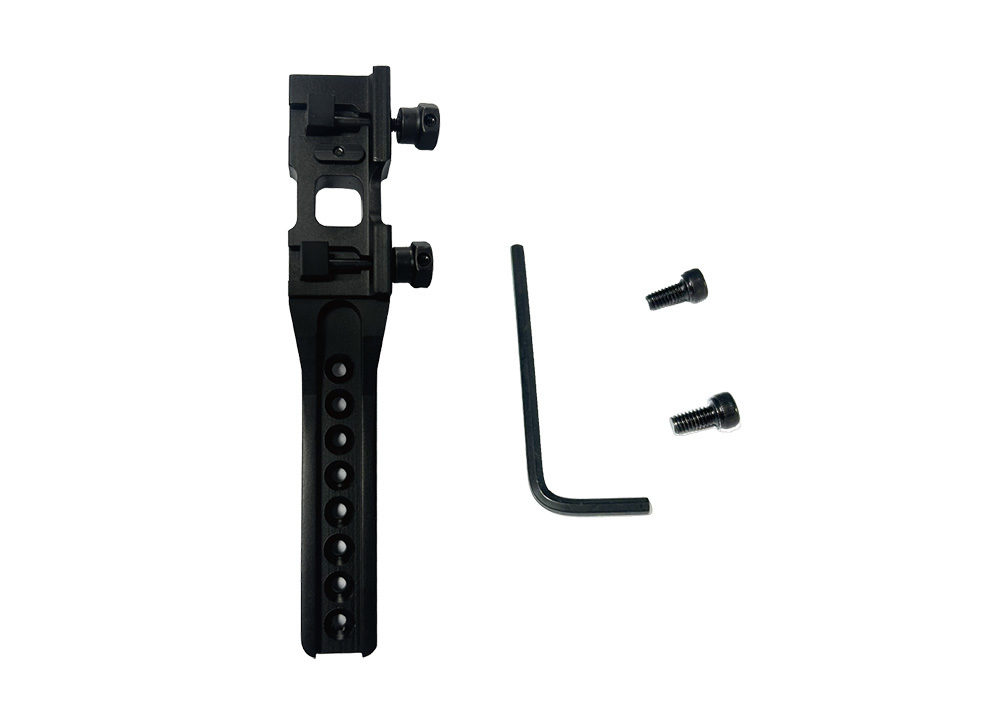
Active phased array pulse radar
Contact Us
Category:
Outdoor Series
Security series
Radar series
Retail Price
Market Price
Inventory Remaining
隐藏域元素占位


Active phased array pulse radar
SETTALL-RST3000
Category:
Outdoor Series
Security series
Radar series
Overview
This radar is a multi-purpose, fully coherent, one-dimensional active electronically scanned array (AESA), monopulse two-coordinate radar, suitable for various complex terrains and landforms. It can detect walking personnel, moving vehicles, ships, and other targets. After long-term practical application and optimization, the radar performance is reliable and stable, meeting the requirements for use in harsh environments such as high cold, high humidity, and salt spray.
Technical Advantages
Using AESA technology to achieve azimuth electronic scanning. Compared with mechanically scanned radars, this radar has the technical advantages of high scanning rate, fast beam direction change rate, and high measurement accuracy for targets.
Using advanced radar signal processing technology, the radar has a low false alarm rate, a clean monitoring screen, and can accurately detect and lock onto targets;
The elevation beam coverage angle is large, and it can simultaneously cover the ground, sea surface, low-lying valleys, slopes, and low altitudes, etc., and its power is sufficient for detecting pedestrians, vehicles, ships, and animals;
It has flexible networking capabilities, allowing flexible networking according to actual needs, enabling a single control terminal device to control multiple radar hosts simultaneously;
All functional components adopt a modular design with clear and simple interfaces, making maintenance and upkeep convenient;
The structural layout is exquisite, the size is light, compact, and easy to transport, carry, and quickly set up;
It adopts a human-machine integrated design, making the radar operation simple and practical;
All active components have been optimized for power consumption, resulting in low overall radar power consumption; adaptable to various power supplies;
Using fanless thermal equilibrium technology, verified through whole-machine simulation optimization and physical experiments, suitable for extreme environments such as high temperature and low cold;
It adopts a fully sealed design, meeting IP66 requirements, with dustproof, waterproof, and salt spray-proof functions, high reliability, and suitable for environments such as Gobi Desert, deserts, and oceans.
This radar can be widely used in border/coastal surveillance, key area protection, battlefield reconnaissance, and other fields.
Radar Operation Diagram

Figure 1 Radar Operating Status Diagram
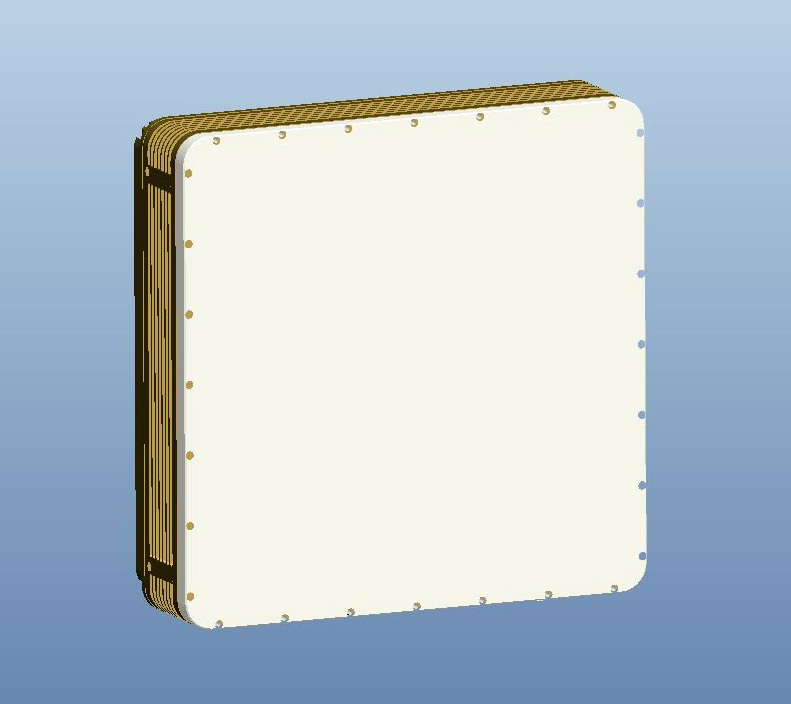
Figure 2 Radar Appearance Diagram
Composition
The radar consists of a control terminal and a radar host, as shown in Figure 3.
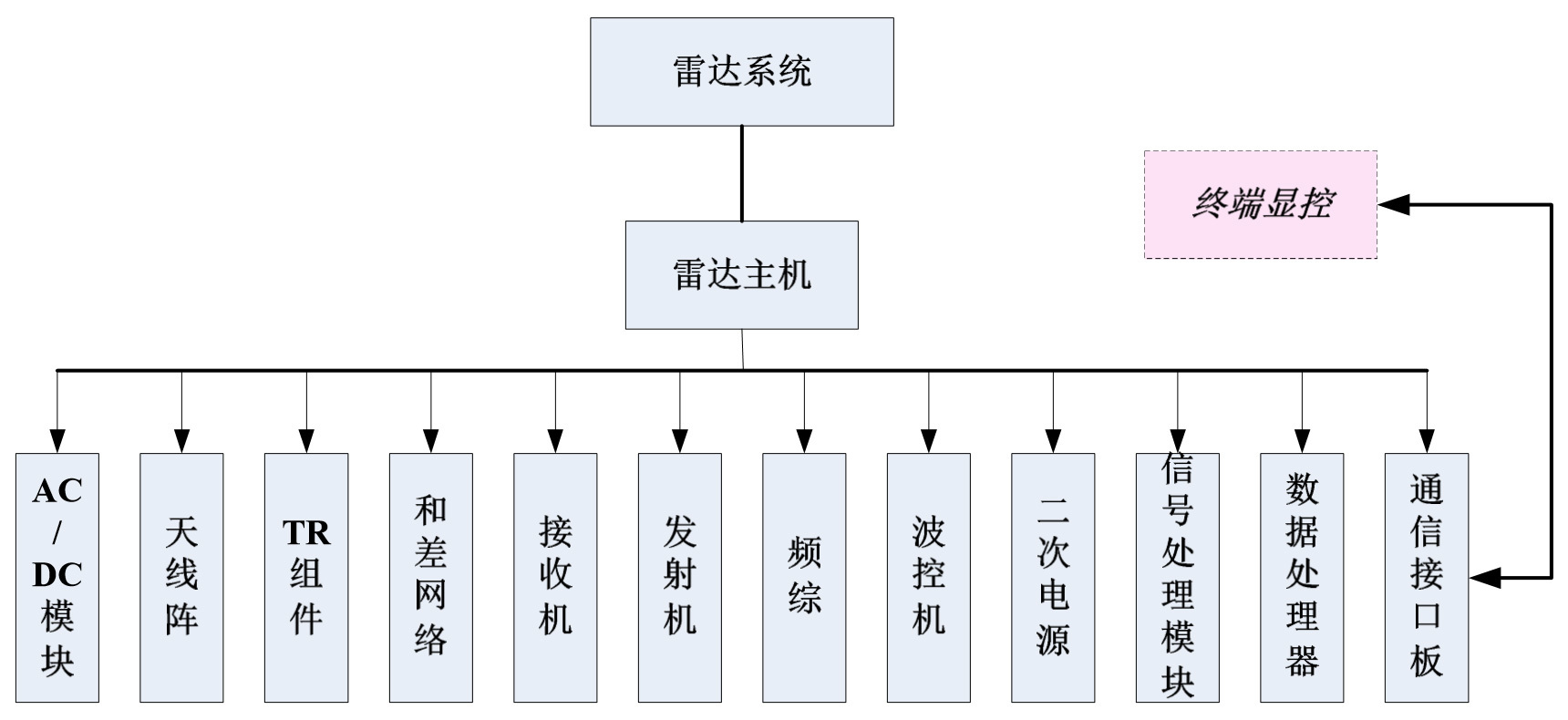
Figure 3 Radar System Composition Block Diagram
The radar host can connect to the upper-level system through the network for networking or remote control; it can also be configured with terminal display for independent operation as a self-contained system.
The terminal display is optional equipment and can be implemented by an industrial control computer, a ruggedized computer, or a handheld terminal device according to user needs.
The radar host and terminal display device are connected via a network cable (gigabit, compatible with 100 megabit).
Function
The radar is mainly used for border/important area alert, monitoring personnel, vehicles, ships, and other targets in the monitored area. The main functions are as follows:
It completes search and tracking functions for walking personnel, moving vehicles, and ships;
It has online detection, fault diagnosis, fault location, and temperature monitoring functions;
It has self-positioning and orientation functions;
It has automatic recording and playback of operating status;
It can provide guidance information to the upper-level system and has collaborative working capabilities;
Networking function, enabling collaborative work of multiple radars.
Main Technical Indicators
| Active Electronically Scanned Array Pulsed Radar |
|
| Operating System |
Azimuth One-Dimensional Active Electronically Scanned Array Monopulse |
| Operating Frequency |
X-band, 200MHz bandwidth |
| Operating Frequency Points |
11 |
| Operating Mode |
Search, Track, Fixed-Point Monitoring, Self-Test |
| Azimuth Method and Scanning Range |
|
| Electronic Scanning |
Azimuth ±45°, scanning range can be arbitrarily set within ±45° |
| Mechanical Scanning |
360° |
| Elevation Coverage Range |
7° |
| Scanning Method |
Electronic scanning, mechanical scanning (optional) |
| Tracking Mode |
TWS |
| TWS Tracking Capability |
≥200 batches |
| Data Update Rate |
≤1.5s (±45° scan typical value) |
| Effective Range |
|
| For Personnel |
≥4.5km (V≥0.5m/s, RCS=0.5㎡, Pd=80%) |
| For Vehicles |
≥10km (RCS=10㎡, Pd=80%) |
| For Helicopters |
≥9km (RCS=5㎡, Pd=80%, within ±4° elevation) |
| For UAVs |
≥1.9km (RCS=0.1㎡, Pd=80%, within ±4° elevation) |
| Minimum Effective Range |
≤100m |
| Target Speed Range |
0.5m/s~50m/s (1.8km/h~180km/h) |
| Distance Measurement Range |
0km~18km |
| Distance Resolution |
≤10m |
| Accuracy Error |
Distance ≤5m,Azimuth ≤0.5°,Speed ≤0.1m/s |
| Power Consumption |
≤150W |
| Power Supply |
AC220V or DC24V |
| Weight |
No more than 15kg |
| Structural Dimensions |
Radar Host: 350mm×350mm×105mm |
| Installation Height |
≥6m |
| Reliability and Maintainability |
MTBF ≥ 5000h,MTTR ≤ 0.5h |
| External Interfaces |
Gigabit Ethernet (compatible with 100Mbps) |
| Environmental Adaptability |
|
| Storage Temperature |
-45℃ ~ +65℃ |
| Operating Temperature |
-40℃ ~ +55℃ |
| Relative Humidity |
95±3% (30℃, no condensation) |
| Protection Level |
IP66 (dust-tight, water-jet proof) |
Online Inquiry
Note: Please leave your contact information, our professionals will contact you as soon as possible!
Solutions
Content update in progress,...
